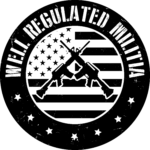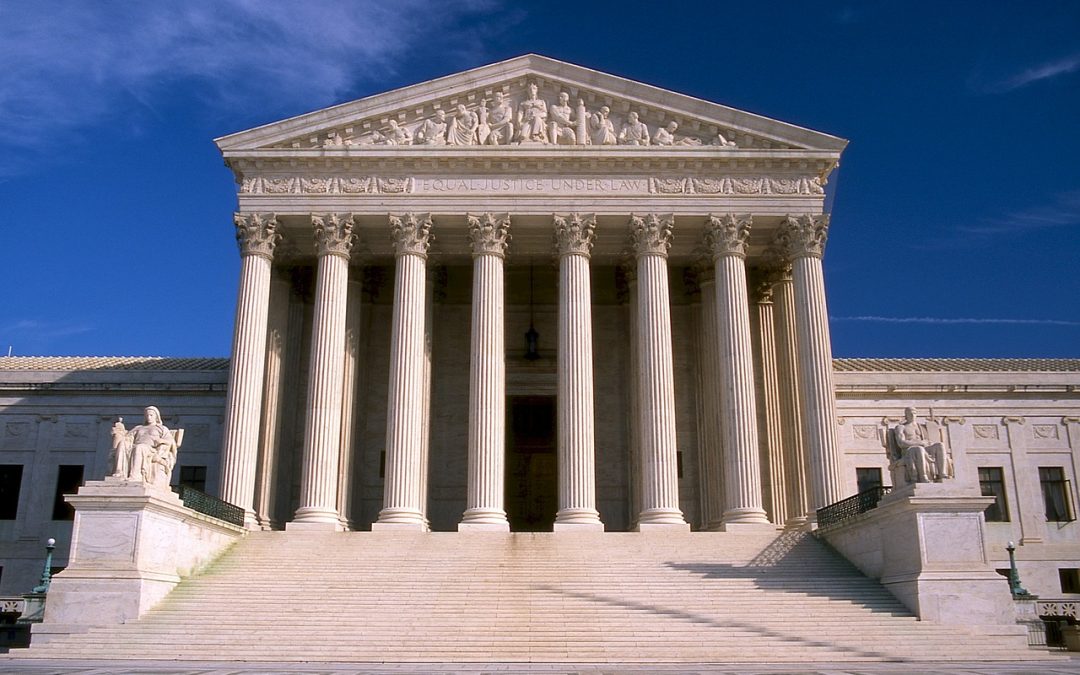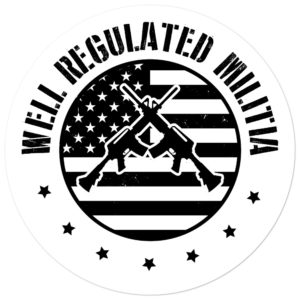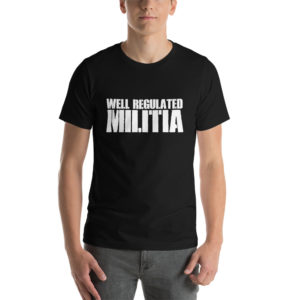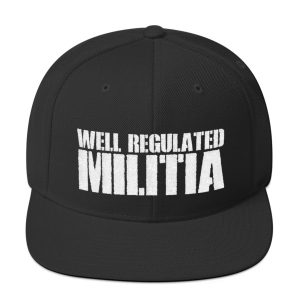United States v. Cruikshank (1875)
The first test was found in United States v. Cruikshank (1875), which involved the use of a firearm, that was deemed illegal, during the murder of more than a hundred black men over a political dispute. The overall decision by the Court was complex and convoluted, but one part of the decision was clear, which is that the Second Amendment does not prohibit state and municipal regulation of firearms. The Court issued the following: “The Second Amendment declares that it shall not be infringed; but this, as has been seen, means no more than that it shall not be infringed by Congress. This is one of the amendments that has no other effect than to restrict the powers of the national government.”
Presser v. Illinois (1886)
In Presser v. Illinois (1886), The Supreme Court reiterated the stance found in United States v. Cruikshank, by applying it to state regulation, stating the following: “The provision in the Second Amendment to the Constitution, that ‘The right of the people to keep and bear arms shall not be infringed’ is a limitation only on the power of Congress and the national government, and not of the states.” In this case, the Supreme Court also clarified notions involving a well-regulated militia by disposing of the argument that individuals have the right to assemble as a militia independent of state or federal authorization by issuing the following statement: “It shall not be lawful for any body of men whatever other than the regular organized volunteer militia of this state and the troops of the United States to associate themselves together as a military company or organization, or to drill or parade with arms in any city or town of this state without the license of the Governor thereof.”
Miller v. Texas (1894)
Miller v. Texas (1894) was an elaborate case involving the murder of a police officer with an unlicensed handgun. In the proceedings, Franklin Miller questioned the validity of a Texas gun restriction law, saying it violated the Fourteenth Amendment, which states: “No state shall make or enforce any law which shall abridge the privileges or immunities of citizens of the United States; nor shall any state deprive any person of life, liberty, or property, without due process of law; nor deny to any person within its jurisdiction the equal protection of the laws.” The addition of the Fourteenth Amendment into the fold of individual rights, which Congress ratified in 1868, either further complicates the voice of the Second Amendment, or clarifies its message by making it harder for states to regulate, restrict, or “infringe up” gun ownership. However, in this case, regardless of the Fourteenth Amendment, the Supreme Court again ruled that the Second Amendment did not apply to state laws, in this case, Texas laws.
United States v. Miller (1939)
In United States v. Miller (1939), the Supreme Court tied the Second Amendment’s two ideas, Militia and Arms, together for the first time in a dispute over the transportation of an unregistered sawed-off shotgun across states lines, which violated the National Firearms Act of 1934 that regulated short-barreled rifles, machineguns, and silencers. The court ruled that the Second Amendment did not protect the charged man because it did not assist in the cause of a state Militia or the defense of the United States, stating the following:
“In the absence of any evidence tending to show that possession or use of a ‘shotgun having a barrel of less than eighteen inches in length’ at this time has some reasonable relationship to the preservation or efficiency of a well regulated Militia, we cannot say that the Second Amendment guarantees the right to keep and bear such an instrument. Certainly it is not within judicial notice that this weapon is any part of the ordinary military equipment or that its use could contribute to the common defense.”
Lewis v. United States (1980)
In Lewis v. United States (1980), while it had no direct link to the Second Amendment, it discussed the merits of the Gun Control Act of 1968 as well as other laws that prohibited felons from owning a firearm. The Supreme Court said the following about gun control laws: “These legislative restrictions on the use of firearms are neither based upon constitutionally suspect criteria, nor do they trench upon any constitutionally protected liberties.” Afterwards, the Court called upon statements found in United States v. Miller to conclude the Court’s point, saying that the Second Amendment guarantees no right to keep and bear a firearm that does not have some reasonable relationship to the preservation or efficiency of a well-regulated Militia.
